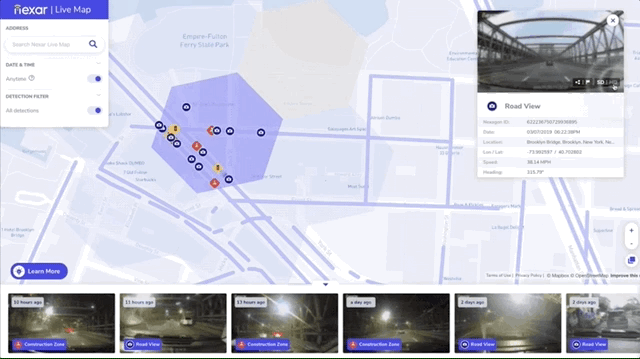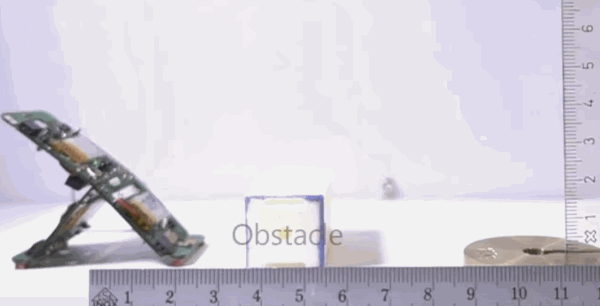Original Apollo 11 landing videotapes sell for $1.8M
VCRs didn’t really exist when the first men walked on the moon, but NASA was ahead of the curve and recorded the event for posterity on videotapes — which just sold at auction for $1.8 million. […]
Original Apollo 11 landing videotapes sell for $1.8M Continue »








